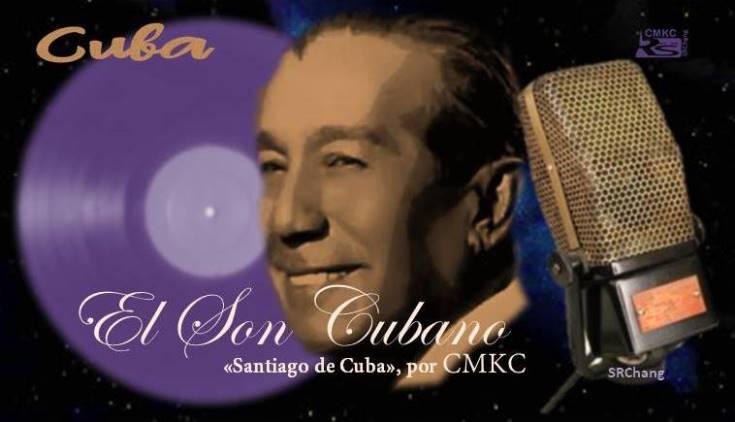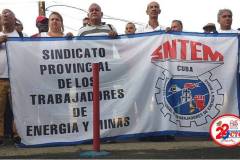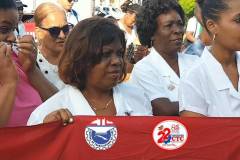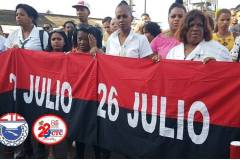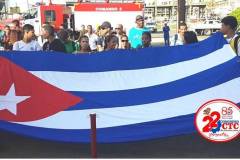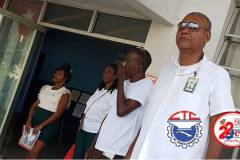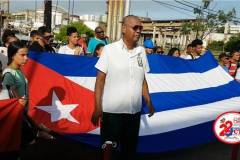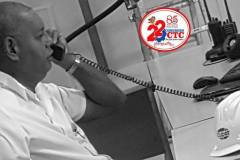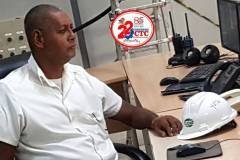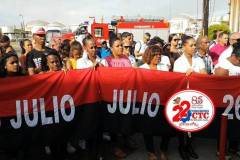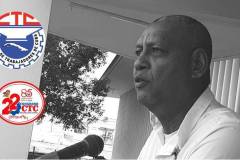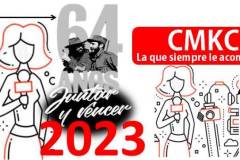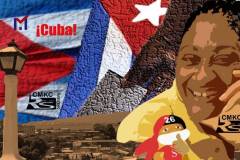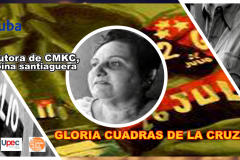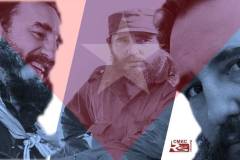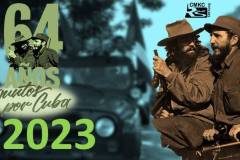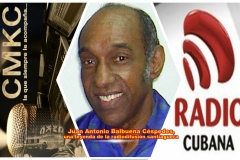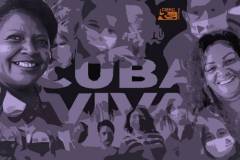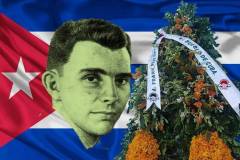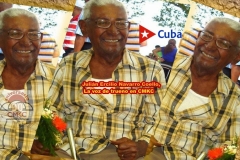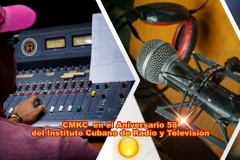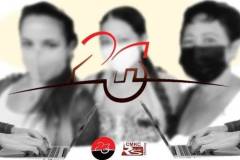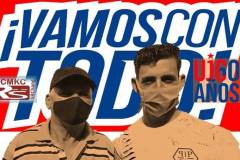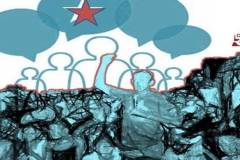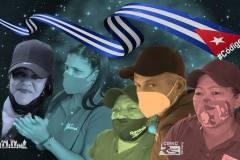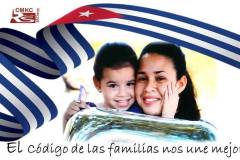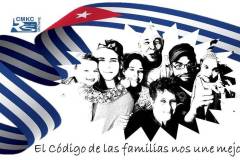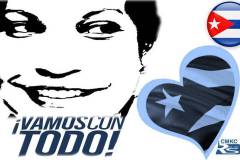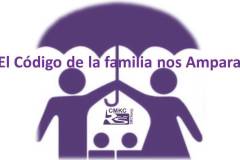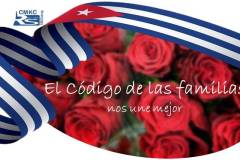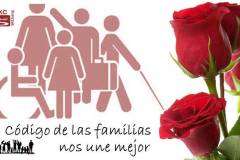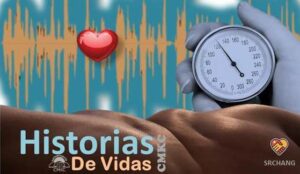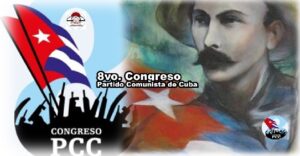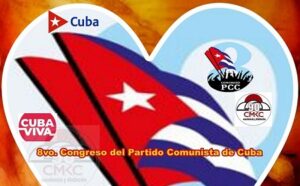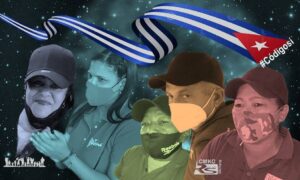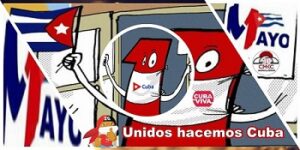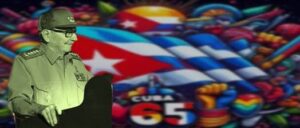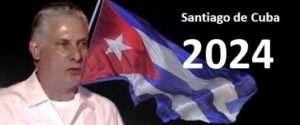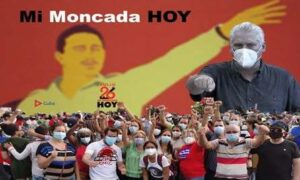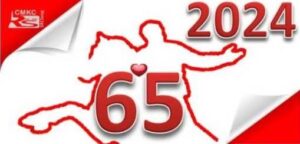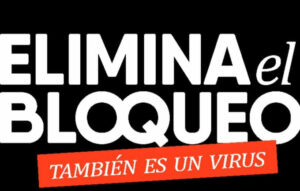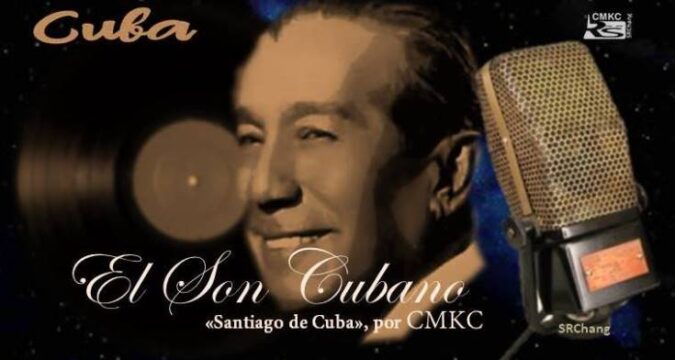
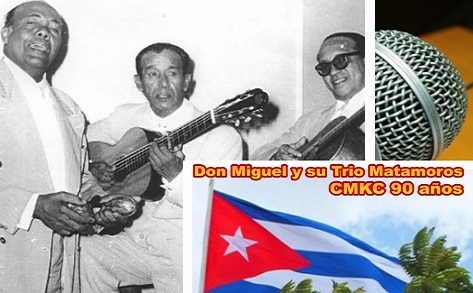
“I am the son of Santiago de Cuba”
By: Rafael Lam
Miguel Matamoros was born on May 8, 1894 and died on April 15, 1971. 2021 marks the 96th anniversary of the founding of the famous Trío Matamoros, precisely on Miguel’s birthday in 1925.
Miguel Matamoros
In the late 1960s, I was invited by some friends who studied music to the Santiago de Cuba carnival.
These students of the National School of Arts (ENA) in Havana took me to the home where the giant of son, Miguel Matamoros, spent his final years.
The trovador -Miguel Matamoros- had been retired since 1960, but we visited his home to try and converse with one of the shining lights of Cuban music.
Festival del Son 2023 en la cuna del género
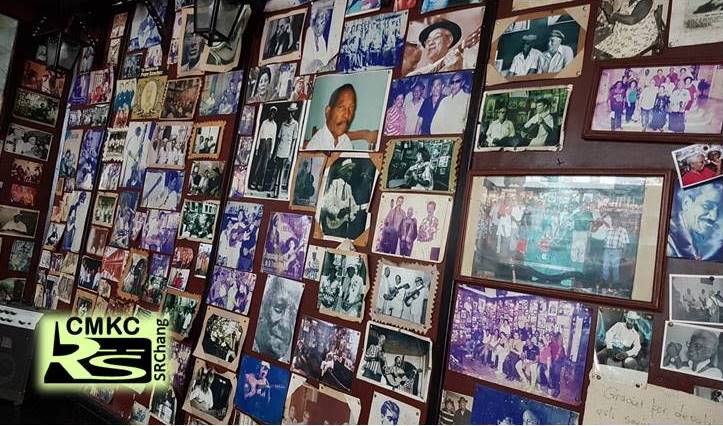
I remember we all started asking him questions, and I, as always, made a note of his statements, because I knew Miguel Matamoros was part of the history of Cuba.
Los Migueles
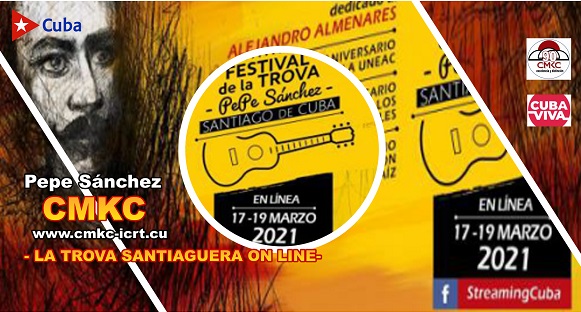
What was that birthday party like, when the trio was formed?
Rafaelito Cueto brought a friend of his to my house, who worked as a blacksmith. He introduced Siro Rodríguez. That was the very day that the three of us sang together for the first time!
Did you ever imagine you would become a singer?
I never imagined it, much less that we would be famous the world over, as they say. But destiny is destiny and what is set out for you in life will always be fulfilled.
Do you remember your first visit to Havana?
In 1924, the Capitolio was still not built, but the Paseo del Prado was there, Havana was already Havana, large as life. At that time son couldn’t be played in certain places, it was referred to as barrack music. Ha ha ha. The sextets had already started out, but it was a few years later when they began to make their first recordings that they became known and popular.
How much were you paid to play in Havana?
The pay was 15 pesos per performance, five for each of us. But with that money in those days, things could be done in Havana. Of course, I never got paid as much money as is earned now. Some didn’t even get enough to buy a coffee. The Victrolas didn’t pay. There was a sort of mafia surrounding it all, what more can I say…
Did you have to work hard to reach the top?
I went through stages of depression, recording wasn’t easy. It was 1928 when our first record hit Santiago de Cuba, it was the greatest thing that could happen to a musician and singer. The record had “Olvido”on one side and“El que siembra su maíz” on the other.Everything changed from then on, we no longer had to fight for contracts, they put us up in Havana in a hotel and everything, in the Las Tullerías and we performed at the Campoamor Theater. By then, they paid 60 pesos, a fortune back then, but we filled the theatres. At the time, son was king, the septets – with trumpets – were thefrenzy of the moment and we were one of the emblems of Santiago de Cuba son. Besides, our songs had that eastern flavor.

How many songs did you compose?
Almost 200 songs.
Do you have any anecdotes about your trips to Europe?
In 1932 we went to Paris on a steamboat, together with the SiboneyOrchestra of Julio Brito. We performed in various cities in Spain, then performed for two months in Paris, at the Empire Theatre and the Embassy Cabaret, in the Casino de Paris. I remember that we were asked a lot to play a bolero song by Julio Brito called “África”. Africans from Senegal visited us there and gave us gifts for performing that song, which made them recall their homeland. That composer, Julio Brito, was also the same who composed the cabaret song “Tropicana”.
A researcher named Ezequiel Rodríguez said you nearly died in a fire in New York.
That was in 1937, at the Saint Nicholas Hotel. It caught fire at dawn and each of us were in separate rooms, each rushed out in all directions. I was dead tired, when I woke up, the fire was already intense, I looked out the window, the firefighters placed a ladder and managed to get me out. I was dazed and couldn’t make anything out.
They say you met Carlos Gardel at that time.
That was in the Teatro Hispano in New York in 1934. Gardel saw us from a box and was impressed with the Cuban music. The singer had magnetism, a lot of charm, as do the geniuses. Odilo Urfé said that some of my songs such as “Lágrimas negras” had something of tango to them.
Did the trio sing any songs by other authors?
Some, for example the pregón by Félix B. Caignet“Frutas del Caney”; “El fiel enamorado”, a son by Paquito Portela; “Cuidadito compay gallo”, a guaracha by Ñico Saquito; “Oriente, cuna florida”, a bolero by Emiliano Brizuela; “El desastre del Morro Castle”, a corrido by Puerto Rican Leopoldo Fernández; “En el batey”, a conga by Graciela Martínez and “Alma de roca”, a bolero by Lily Batet.
You formed various types of ensemble?
We did it to fulfill contracts at parties and dances, we added trumpet. We also formed a septet and an ensemble with which we went to Mexico with Benny Moré.
Tell us about Benny.
He did everything right, he was the greatest of all of us.
Are you proud to be a shining light of Cuba?
Very proud, I retired, but my songs will always be in the mouths of many singers. I am the son of Santiago de Cuba.
